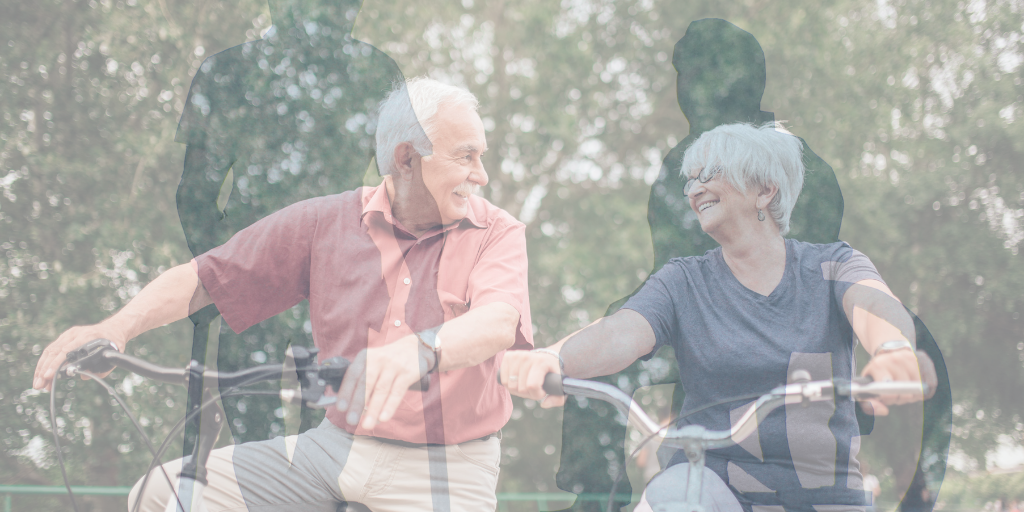Imagine you are healthy. You have lived your life by the book. Followed the advice of your doctors yet you find yourself in an abyss of pain and suffering. You are now immobile and watch your golden years being wasted away all because you tripped on the carpet at the top of the stairs. You wonder how the stairs beat your osteoporosis in the race by putting you in the hospital with a fractured hip. Your children and grandchildren whose ‘broken bones’ were magically repaired by your kisses now stand with your doctor nodding their heads. The people who you once advised are all grown up telling you that you were just careless and too stubborn to let anyone help you. You know they say it out of love because you are a lucky one who will recover, unlike others who aren’t that lucky…
Falls among the elderly has become the leading cause of hip, spine, arms, ankles, and legs, making it the leading cause of bone fractures in the elderly overtaking osteoporosis. The most disturbing part of this fact is that falls are predictable and preventable if the necessary precautions are taken. Falls can occur repeatedly if action is not taken to prevent them which will eventually lead to adverse effects, especially on the bones, joints and muscles of the elderly.
Just how common is a fall?
While falling may seem harmless it is detrimental to those above the age of 65 years. According to a paper published in the Ceylon Medical Journal, out of 1,000 individuals over the age of 349 reported incidents that resulted in injury due to falling which is 38.4%.
The percentage is also higher than the average fall statistics reported by the WHO which was between 28 to 35%. While studies have also shown that people who have already had one fall are four times more likely to have another fall within one year.
How to prevent a fall?
Preventing falls is simple, while all accidents can’t be prevented it is important to reduce the risk of you or your elderly loved ones taking a tumble.
Here are some easy ways to ensure your steps are steady in your home and surroundings,
- Always keep objects off the stairs.
- Fix loose or uneven steps.
- Have an electrician put in an overhead light and light switch at the top and bottom of the stairs.
- Make sure the carpet is firmly attached to every step, or remove the carpet and attach non-slip rubber treads to the stairs.
- Fix loose handrails, or put in new ones.
- Make sure handrails are on both sides of the stairs and are as long as the stairs.
- Ask someone to move the furniture so your path is clear.
- Remove the rugs, or use double-sided tape or a non-slip backing so the rugs won’t slip.
- Always keep objects off the floor.
- Coil or tape cords and wires next to the wall so you can’t trip over them. If needed, have an electrician put it in another outlet.
- Keep things you use often on the lower shelves (about waist-high).
- Place a lamp close to the bed where it’s easy to reach.
- Put in a nightlight so you can see where you’re walking. Some nightlights go on by themselves after dark.
- Put a non-slip rubber mat or self-stick strips on the floor of the tub or shower.
- Have grab bars put in next to and inside the tub, and next to the toilet.
There are also lifestyle changes to prevent falls. Start implementing them in your daily life to prevent falls or help your elderly loved ones follow them,
- Regular exercise helps increase mobility and balance
- Wear shoes that have firm, nonslip soles, some ankle support, and flat heels are best.
- Standing up slowly after sitting or lying down and taking a moment before starting to move.
- Having vision checked regularly: Getting the correct glasses and wearing them can help prevent falls. Treatment of glaucoma or cataracts, which limit vision, can also help.
- Consulting with a physical therapist about ways to reduce the risk of falling.
Take these few simple steps to ensure that your or your loved ones’ steps are steady as well. It is important to work towards preventing falls to ensure the overall well-being of the elderly community.













